Home>Garden Essentials>When Was The Water Fountain Invented
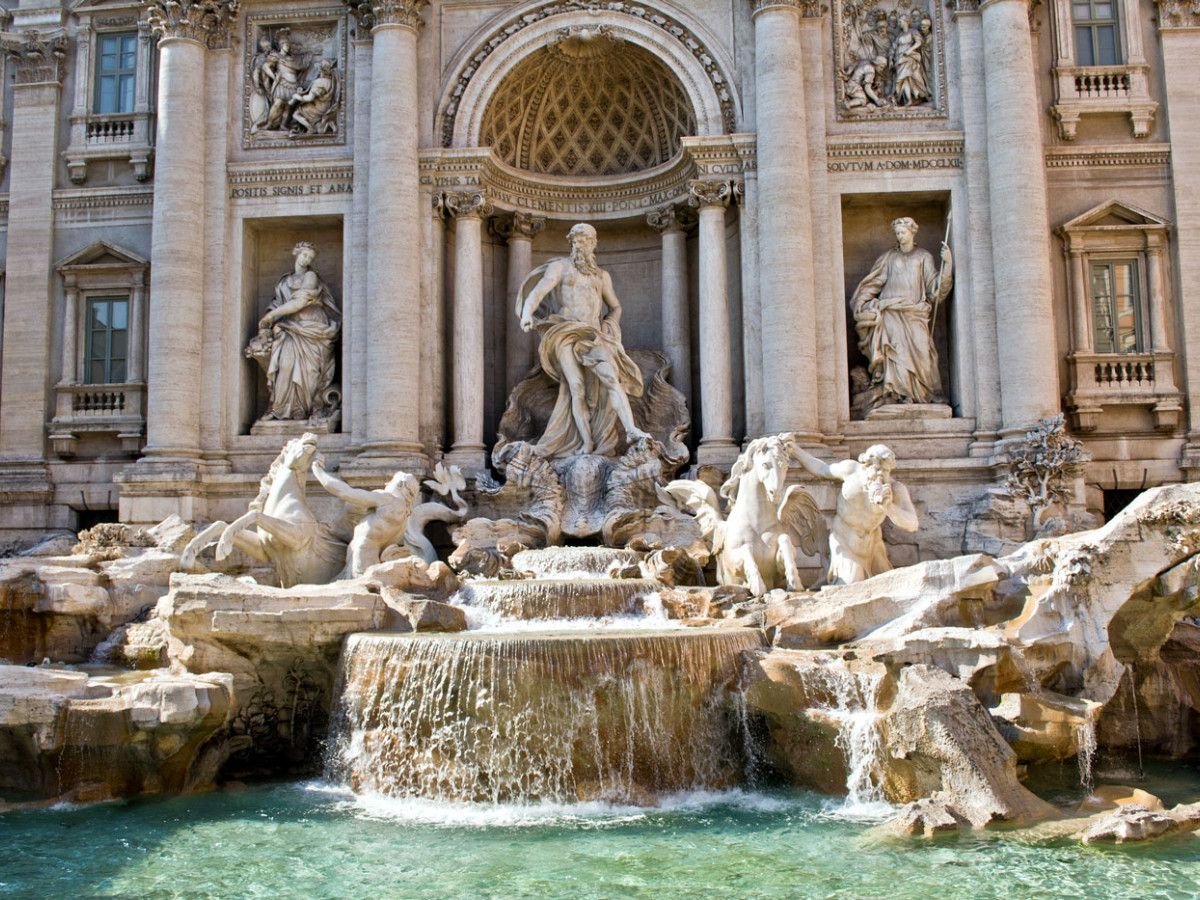

Garden Essentials
When Was The Water Fountain Invented
Modified: March 16, 2024
Discover the fascinating history of the garden water fountain. Find out when this beloved feature was first invented and how it has evolved over time.
(Many of the links in this article redirect to a specific reviewed product. Your purchase of these products through affiliate links helps to generate commission for Storables.com, at no extra cost. Learn more)
Introduction
Water fountains have long been a beloved feature in gardens, parks, and public spaces, captivating our senses with their mesmerizing beauty and soothing sounds. They provide a refreshing oasis, adding a touch of tranquility and elegance to any setting. But have you ever wondered when the water fountain was first invented?
The history of water fountains dates back thousands of years, with ancient civilizations recognizing the allure of flowing water and incorporating it into their architectural designs. From the majestic fountains of Rome to the intricate water features of the Islamic gardens, these structures have evolved throughout history, showcasing the ingenuity and creativity of mankind.
In this article, we will embark on a journey to explore the fascinating origins and evolution of water fountains, from ancient times to the modern era.
Key Takeaways:
- Water fountains have a rich history dating back to ancient civilizations like Egypt and Mesopotamia. They evolved from functional systems to stunning works of art, captivating our senses and soothing our souls.
- Modern water fountains come in various styles, sizes, and designs, incorporating innovative features like interactive elements and sustainable practices. They continue to enchant us, bringing joy and tranquility to any space.
Read more: When Was Water Filtration Invented
Ancient Origins of Water Fountains
The origins of water fountains can be traced back to ancient civilizations such as Egypt and Mesopotamia. These civilizations understood the importance of water for sustenance and believed in its life-giving properties.
In ancient Egypt, water fountains were an integral part of temple complexes and palaces. The Egyptians, known for their advanced knowledge of engineering, developed intricate systems to channel water from the Nile River to create stunning fountains. These fountains served religious and symbolic purposes, often featuring statues and hieroglyphics that depicted gods and deities associated with water.
Similarly, in ancient Mesopotamia (present-day Iraq), water fountains were prevalent in the magnificent gardens of Babylon. These gardens, considered one of the Seven Wonders of the Ancient World, featured elaborate water cascades and terraces, showcasing the advanced irrigation techniques of the time.
The ancient Greeks also played a significant role in the development of water fountains. They believed in the aesthetic and therapeutic qualities of water, incorporating fountains in their gardens and public spaces. The Greeks introduced the concept of using sculptural elements, such as statues and decorative spouts, to enhance the visual appeal of the water fountains.
As civilization progressed, so did the sophistication of water fountain designs. The intricate waterworks of the ancient Romans are a testament to this. The Romans were known for their grand architectural feats, including the creation of majestic aqueducts that transported water across vast distances. These aqueducts supplied water to ornate fountains, which became extravagant focal points in public squares and gardens.
From ancient times, the beauty, symbolism, and functionality of water fountains were highly regarded, provoking awe and inspiration in all who beheld them. The tradition of incorporating water features into architectural designs continued to flourish as civilization expanded and new cultures emerged.
Roman and Greek Water Fountains
The ancient Romans and Greeks were pioneers in the development of water fountains, taking the concept to new heights with their innovative designs and engineering prowess.
In Rome, water fountains became an integral part of urban planning and public spaces. The Romans believed that flowing water was not only aesthetically pleasing but also had a practical purpose in providing clean water for drinking and hygiene. They constructed an extensive network of aqueducts, bringing water from distant sources to supply the city’s fountains.
One of the most famous Roman water fountains is the Trevi Fountain, located in Rome’s historic center. Built during the Baroque period, it remains an iconic symbol of the city and a popular tourist attraction. The fountain showcases elaborate sculptural elements, depicting mythological figures and sea creatures, and features a large basin where visitors can toss a coin and make a wish.
Similarly, the Greeks developed their own unique style of water fountains, emphasizing the harmonious integration of water and sculptures. The Greeks believed that water had purifying qualities and used fountains as a way to connect with nature and the divine.
One of the most well-known Greek fountains is the Fountain of Peirene in Corinth. This fountain is richly adorned with intricate carvings and reliefs, representing various mythological scenes. The design reflects the Greek belief in the transformative power of water, creating a serene and contemplative atmosphere.
Both the Romans and Greeks understood the importance of water fountains as focal points in architectural design. These fountains served not only as sources of water but also as works of art, enhancing the beauty and ambiance of gardens, squares, and public spaces.
The influence of Roman and Greek water fountains can still be seen in contemporary designs, with many modern fountain installations drawing inspiration from the classical elegance and ingenuity of these ancient civilizations.
Islamic Influence on Water Fountains
The Islamic civilization played a pivotal role in the development and refinement of water fountains, leaving a lasting impact on their design and cultural significance. Islamic gardens, in particular, became renowned for their exquisite water features.
In Islamic culture, water holds deep symbolism and represents purity, life, and spirituality. The concept of the paradise garden, derived from Islamic beliefs, led to the creation of stunning gardens adorned with intricately designed water fountains.
One of the most famous examples of Islamic water fountains can be found in the Alhambra palace in Granada, Spain. This splendid palace complex, built during the Nasrid Dynasty, showcases a fusion of Islamic and Moorish architectural styles. The fountains within the Alhambra, such as the famous Court of the Lions, feature mesmerizing water arrangements and geometric patterns that reflect the harmony between nature and human creation.
Islamic gardens typically incorporate four key elements: shade, water, fragrance, and geometry. Water fountains serve as focal points in these gardens, providing not only visual appeal but also a source of tranquility. The sound of flowing water, combined with the lush surroundings, creates a serene atmosphere for contemplation and relaxation.
Unlike the grandeur of Roman and Greek fountains, Islamic water fountains often embraced a more subtle and understated style. The emphasis was on creating a sense of balance and harmony, with water gently flowing through marble channels or pools adorned with flowering plants.
Islamic architecture also introduced innovative hydraulic engineering techniques in the construction of water fountains. The use of sophisticated irrigation systems allowed for precise control over the distribution and flow of water, resulting in intricate water displays.
The Islamic influence on water fountain design extends beyond gardens and palaces. The integration of water fountains in mosques is a hallmark of Islamic architecture. Mosques often feature ablution fountains, known as “wudu” fountains, where worshippers perform ritual cleansing before prayer. These fountains serve both a practical function and a spiritual purpose, reminding worshippers of the importance of purity and spiritual purification.
The Islamic civilization’s deep appreciation for water and its artistic integration into architectural designs continues to inspire modern interpretations of water fountains, preserving their legacy for future generations to enjoy.
The first known water fountain was invented in ancient Greece, around the 6th century BC. It was called a “nymphaeum” and was used for both practical and decorative purposes.
Renaissance and Baroque Era Fountains
The Renaissance and Baroque periods marked a resurgence in the popularity and innovation of water fountains. During this time, the focus shifted from the functional aspects of water supply to the artistic and ornamental qualities of fountains.
One of the prominent figures in the development of Renaissance fountains was Italian artist and architect, Gian Lorenzo Bernini. His mastery of sculpting and architectural design brought water fountains to new heights of grandeur and opulence.
One of Bernini’s most famous works is the Fountain of the Four Rivers in Rome’s Piazza Navona. The fountain features four colossal statues representing the major rivers of the four continents known at the time: the Nile, Ganges, Danube, and Rio de la Plata. The dynamic sculptural composition showcases Bernini’s ability to capture movement and emotion, creating a sense of drama and theatricality.
The Baroque era also witnessed the creation of magnificent fountains across Europe. These fountains became elaborate pieces of art, often serving as symbols of power and wealth for monarchs and nobility.
The Palace of Versailles in France is renowned for its extensive gardens adorned with grand water features. The gardens feature an array of fountains, including the stunning Neptune Fountain and the Apollo Fountain, which capture the grandeur and opulence of the Baroque style.
Baroque fountains are characterized by their intricate detailing, use of multiple tiers, and cascading water elements. Sculptors and architects incorporated mythological figures, wildlife, and natural motifs into their designs, creating visually captivating compositions.
During the Renaissance and Baroque periods, water fountains became more than mere utilitarian structures. They became works of art, integrating sculpture, architecture, and hydraulic engineering to create awe-inspiring displays of water in motion.
The advancements made during this era contributed to the development of technical knowledge and engineering principles used in contemporary fountain design. The Renaissance and Baroque era fountains continue to inspire modern artists and designers, showcasing the enduring appeal and creativity of these magnificent creations.
Read more: What Is A Water Fountain
Modern Water Fountains
In the modern era, water fountains have evolved to cater to a wide range of tastes and preferences. With advancements in technology and materials, designers have pushed the boundaries of fountain design, incorporating innovative features and incorporating them into various settings.
Contemporary water fountains come in a variety of styles and sizes, ranging from small tabletop fountains for interior spaces to large-scale installations in public parks and urban landscapes.
One of the trends in modern fountain design is the use of architectural elements to create visually striking and unique structures. Fountains are now integrated into the facades of buildings, creating captivating water displays that enhance the overall architectural design.
Another popular trend is the incorporation of interactive features in water fountains. These fountains engage and delight visitors by including elements such as synchronized water jets, programmable LED lights, and interactive touchscreens. These interactive features add an element of playfulness and engagement, making the fountain experience more memorable.
Sustainability has also become a significant consideration in modern fountain design. Water conservation practices, such as the use of recirculating water systems and water-saving technologies, are employed to minimize water consumption and waste. Additionally, eco-friendly materials are utilized to ensure the longevity and environmental impact of these structures.
Public spaces, such as parks and plazas, have embraced the concept of “urban oases” where water fountains serve as focal points for relaxation and social interaction. These revitalized spaces provide respite from the bustling city environment, inviting people to gather, unwind, and enjoy the soothing ambiance created by the sound and sight of flowing water.
Moreover, water fountains have found their place in private residences, transforming ordinary gardens into serene retreats. Homeowners can select from a variety of fountain styles, such as cascading waterfalls, modern abstract designs, or traditional tiered fountains, to create a personalized outdoor oasis.
The beauty of modern water fountains lies in their versatility and adaptability. With countless design options and technological advancements, these fountains continue to captivate our senses and bring the magic of flowing water to any space, whether it’s a grand public plaza, a cozy backyard, or an interior oasis.
Conclusion
The journey through the history of water fountains has showcased their evolution from functional water supply systems to extraordinary works of art and architectural marvels. From the ancient civilizations of Egypt, Mesopotamia, and Greece to the Islamic influence and the Renaissance and Baroque eras, each period has left its unique mark on the development and design of water fountains.
Water fountains have transcended mere utilitarian purposes, becoming symbols of beauty, tranquility, and human creativity. They have the power to captivate our senses, soothe our souls, and create an enchanting ambiance in any space, be it a public park, a grand palace, or a humble garden.
In the modern era, water fountain design continues to innovate and adapt to changing tastes and needs. With advancements in technology, sustainability practices, and creative ingenuity, designers have pushed the boundaries of what water fountains can achieve.
Whether it’s the interactive features that engage and delight visitors, the architectural integration that elevates the surrounding structures, or the eco-friendly designs that prioritize water conservation, modern water fountains continue to mesmerize and inspire.
As we look to the future, we can expect even more innovation and creativity in water fountain design. These captivating structures will continue to enchant us, bringing joy, serenity, and a touch of nature into our lives.
So, the next time you encounter a water fountain, take a moment to appreciate the rich history and artistry behind it. Let the soothing sounds and mesmerizing beauty of flowing water transport you to a place of tranquility and wonder.
Frequently Asked Questions about When Was The Water Fountain Invented
Was this page helpful?
At Storables.com, we guarantee accurate and reliable information. Our content, validated by Expert Board Contributors, is crafted following stringent Editorial Policies. We're committed to providing you with well-researched, expert-backed insights for all your informational needs.
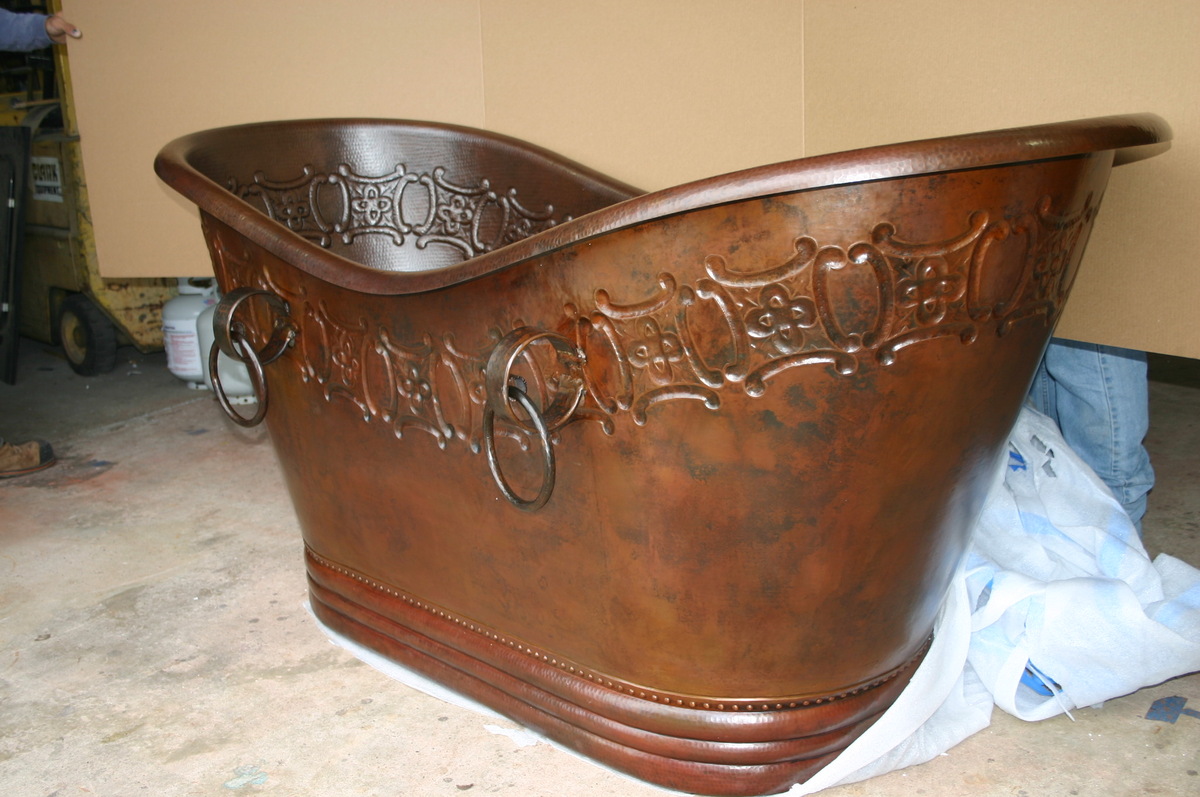





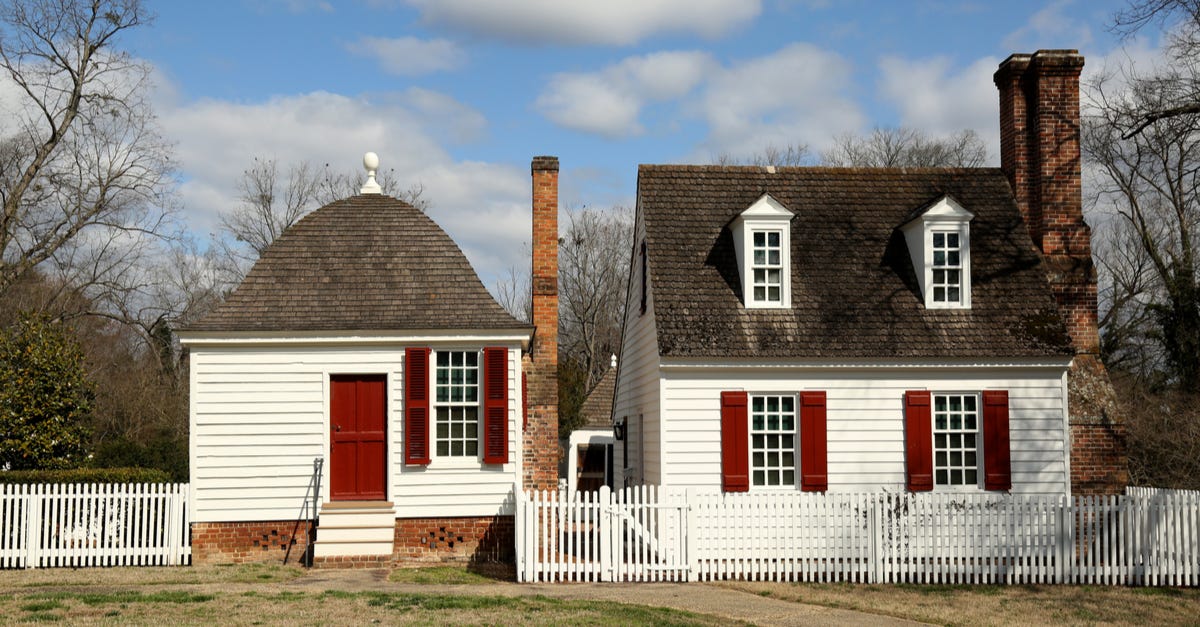

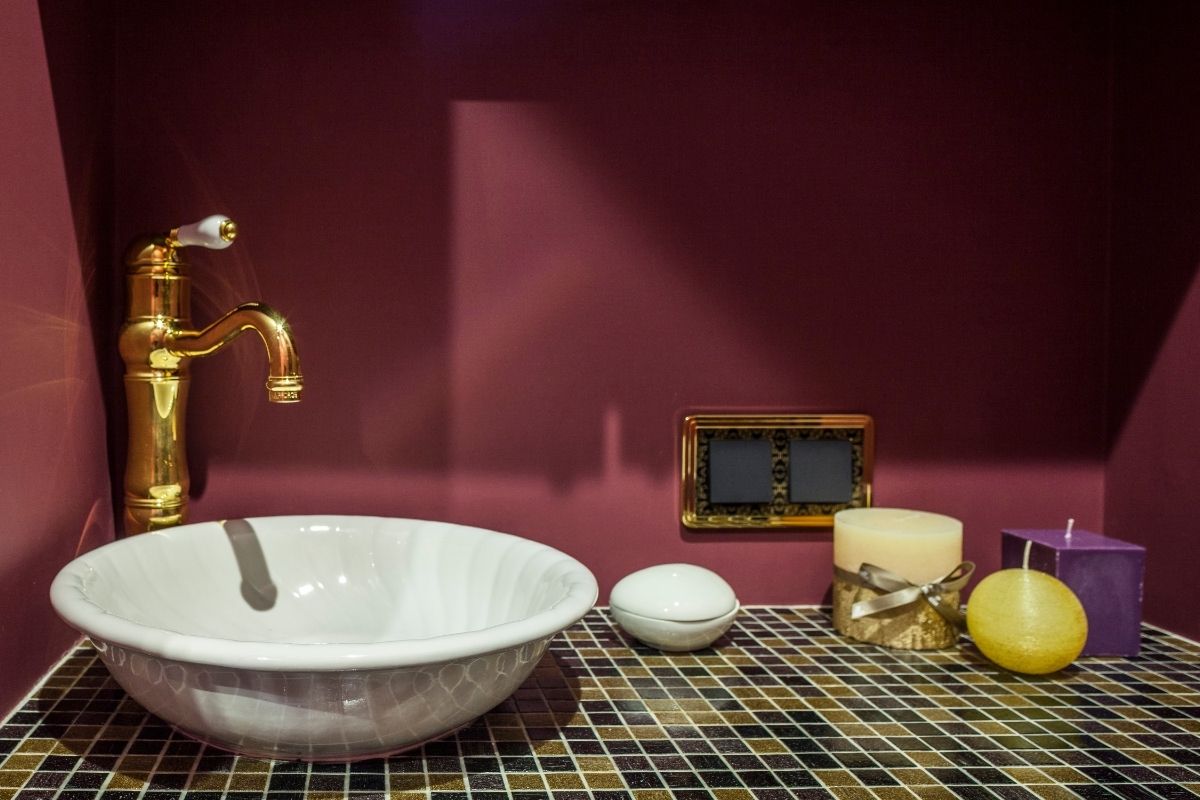



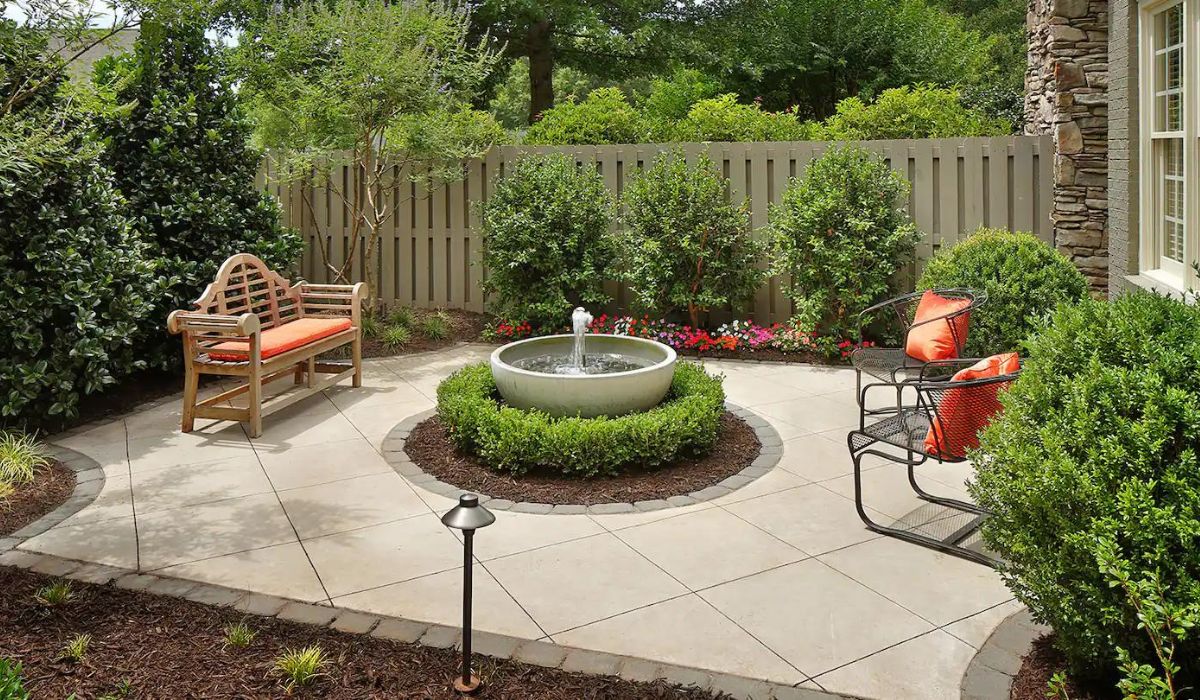


0 thoughts on “When Was The Water Fountain Invented”